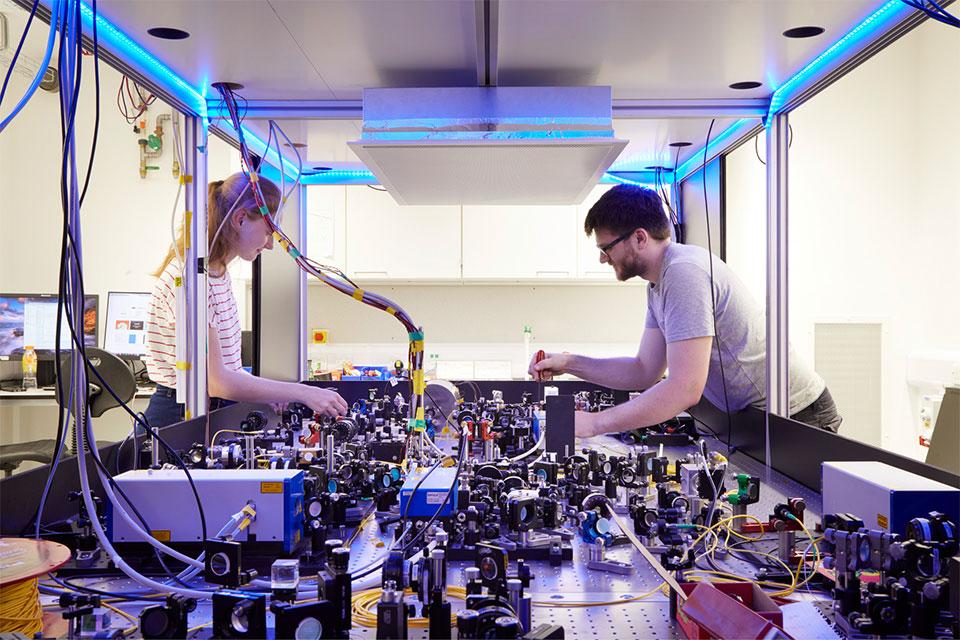Beecroft Building
Dr Ryan Hamerly (MIT)
Quantum Photonics Laboratory
Abstract
With deep-learning workloads growing and Moore's Law running out of steam, photonics has attracted renewed interest as a computation platform. However, harnessing the intrinsic advantages of photons---their bandwidth, energy efficiency, and transmissibility---is very challenging in realistic systems. In this talk, I report two developments in our group aimed at realizing practical photonic deep learning. (1) First, I review the scaling challenges inherent in "deep" interferometer circuits (e.g. beamsplitter meshes) and show that fabrication errors limit the circuit size in realistic cases. To address this, recently we proposed a photonic "error correction" protocol that allows these errors to be compensated with a sequence of straightforward self-configuration steps, restoring near-perfect accuracy even on faulty meshes. (2) Second, I report on our experimental realization of Netcast, a photonic-enabled edge computing scheme that utilizes WDM, integration detection, and optical weight delivery to perform datacenter-scale DNN inference on SWaP-constrained edge devices. We demonstrate Netcast over an 86-km deployed fiber using 3 THz of optical bandwidth and show minimal loss of accuracy.
References:
https://www.osapublishing.org/abstract.cfm?uri=optica-8-10-1247
https://arxiv.org/abs/2203.05466

